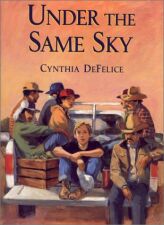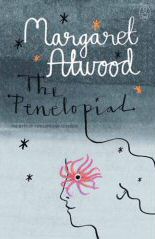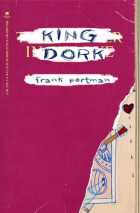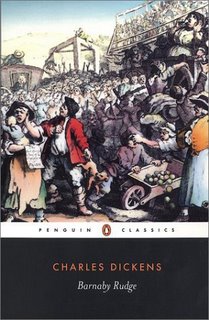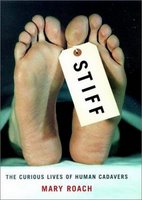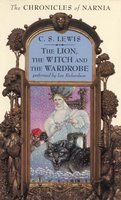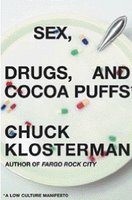
Charles Dickens,
Martin ChuzzlewitI'm still in the process of reading the entire Dickens canon in chronological order and, concurrently, teaching the novels at the Newberry Library. I've already completed seminars on
The Pickwick Papers,
Oliver Twist,
Nicholas Nickleby, and
The Old Curiosity Shop; my next seminar (in the Spring of '06) will center on
Barnaby Rudge and
Martin Chuzzlewit and, from what I gather, these two novels are the redheaded stepchildren of the Dickens canon.
I started
Barnaby Rudge several months ago and, with the exception of a few passages, it was rough going. I had to put it aside and read other things, having gotten about 180 pages into it and being unable to focus on one meaningful event or likeable character. I will eventually read it, but for now . . . it's D.O.A.
Martin Chuzzlewit, on the other hand, is an incredibly underrated Dickens novel. While the title seems to me as off-putting as that other off-putting title of 19th-Century fiction,
Ethan Frome (which, unless you've read the book, you think it's going to be dreary and boring stuff . . . and
nothing could be farther from the truth!), this is considered Dickens's "American" novel, for he had recently made his first voyage to the United States, eager to see for himself this legendary land of democratic values and independent spirit, but he returned to Mother England in disillusionment.
Chuzzlewit is, in effect, his scathing response to Americans -- as boorish, gun-toting, dim-witted hypocrites who flaunt their "land of freedom" while justifying slavery and various shows of intolerance. Here in the P.C. twenty-first century,
Chuzzlewit might be an appropriate book to revisit, for it offers a glimpse of what Dickens's contemporaries thought of American culture back in 1843 -- and in many ways, sadly, not much has changed.
As a story, it's pretty simple: Old Martin Chuzzlewit is supposedly dying, and various relatives come out of the woodwork to ingratiate themselves to him in the hopes of securing their fortunes. Mr. Seth Pecksniff (hypocrite
extraordinaire) and his two daughters, Mercy and Charity, move in the secure the fortune, while young Martin Chuzzlewit is forced, via Pecksniff's manipulations, to leave the premises in disgrace, thereby leading him to journey to America in search of his fortune. In typical Dickensian fashion, sundry subplots ensue, numerous memorable characters are introduced (especially Mrs. Sairie Gamp and her good friend, "Mrs. Harris") and all loose ends are neatly tied-up by novel's end, leaving the "bad" characters punished accordingly and the "good" ones duly rewarded for their virtue. As in his previous novels, money is once again a major element of the narrative, for it helps to distinguish the characters by showing the reader who values money, who schemes for money, and who is virtuous
despite a lack of money.
Martin Chuzzlewit demonstrates a maturity of style and narrative control that his previous novels lack. By this time, Dickens had experimented with trying to sustain two separate narratives simultaneously (the Nicholas and Kate Nickleby plotlines come most immediately to mind), but here he seems to do a better job of balancing the plotlines. From what I understand, Dickens was quite proud of this novel and had hoped to be immortalized as the author of
Martin Chuzzlewit. Although "Boz" would go on to produce more lasting and universal novels in his upcoming decades, this is not a novel to be ignored. It's quite good, actually.


